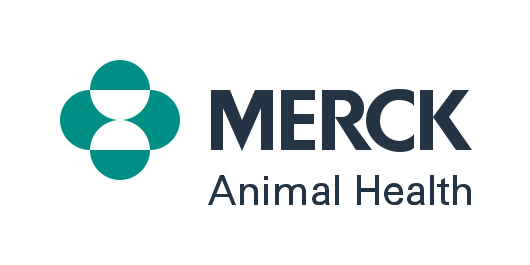ANIMAL HEALTH, WELFARE, AND THE FIVE DOMAINS
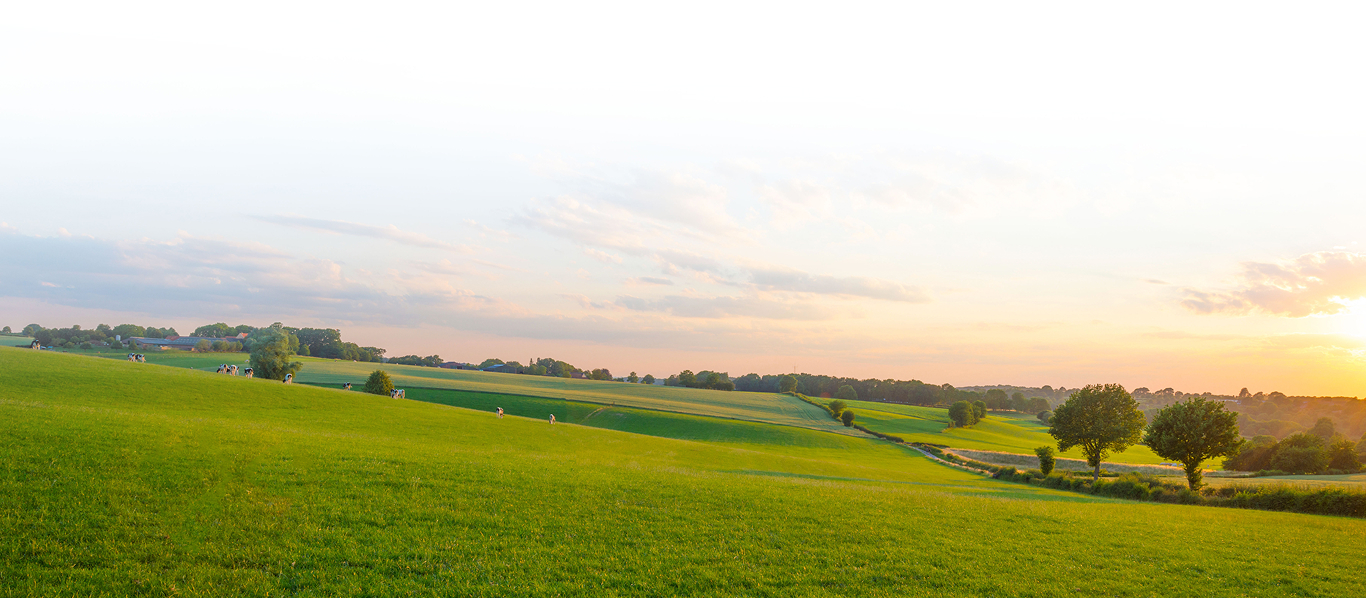
Animal Welfare Is A Priority
Farmers, ranchers, and veterinarians focus on keeping animals healthy and comfortable in their environments.1

The Five Domains2 integrate the physical and behavioral needs of animals to represent the current welfare state – an evolution of the Five Freedoms created in the 1960s1 to guide animal welfare evaluation. Combined with advances in vaccines, technology, and animal handling, animal health and well-being continuously improve.

NUTRITION

Animals have ready access to fresh water and quality food to maintain full health and vigor.2
On-farm animal nutritionists focus on animal needs and create diets based on scientific research.3
Diets are evaluated on animal health and performance and adjusted as needed to keep animals healthy.3

HEALTH
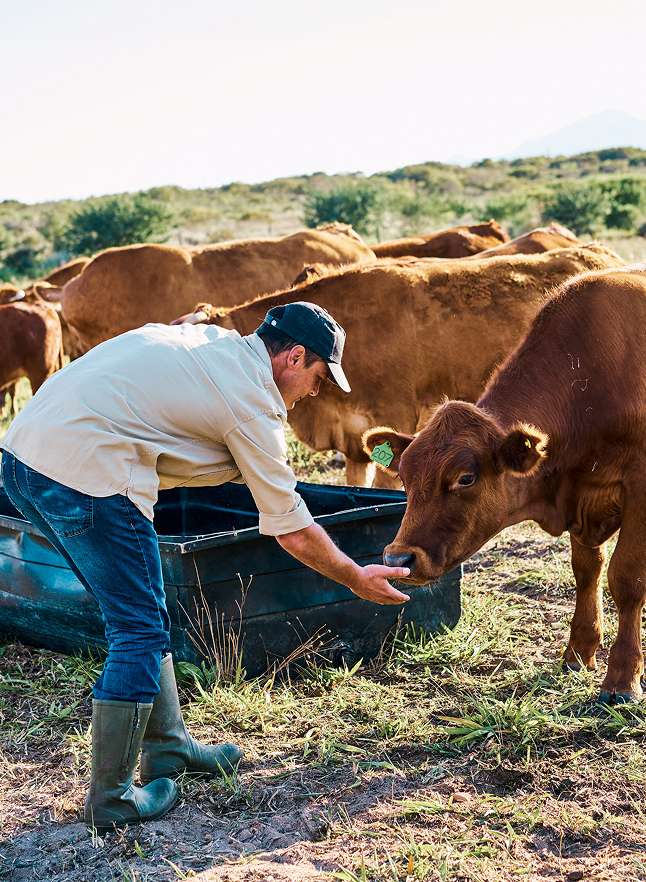
Farmers work with veterinarians to keep animals healthy, prevent disease, and rapidly diagnose and treat animals when they get sick.1
A veterinarian-client-patient relationship (VCPR) is required in most states and establishes a working relationship between the veterinarian, farmer, and the animals.4
The veterinarian helps ensure animals are healthy and living in a high state of well-being, providing preventative care, helping prevent disease outbreaks and treating sick animals.5

ENVIRONMENT
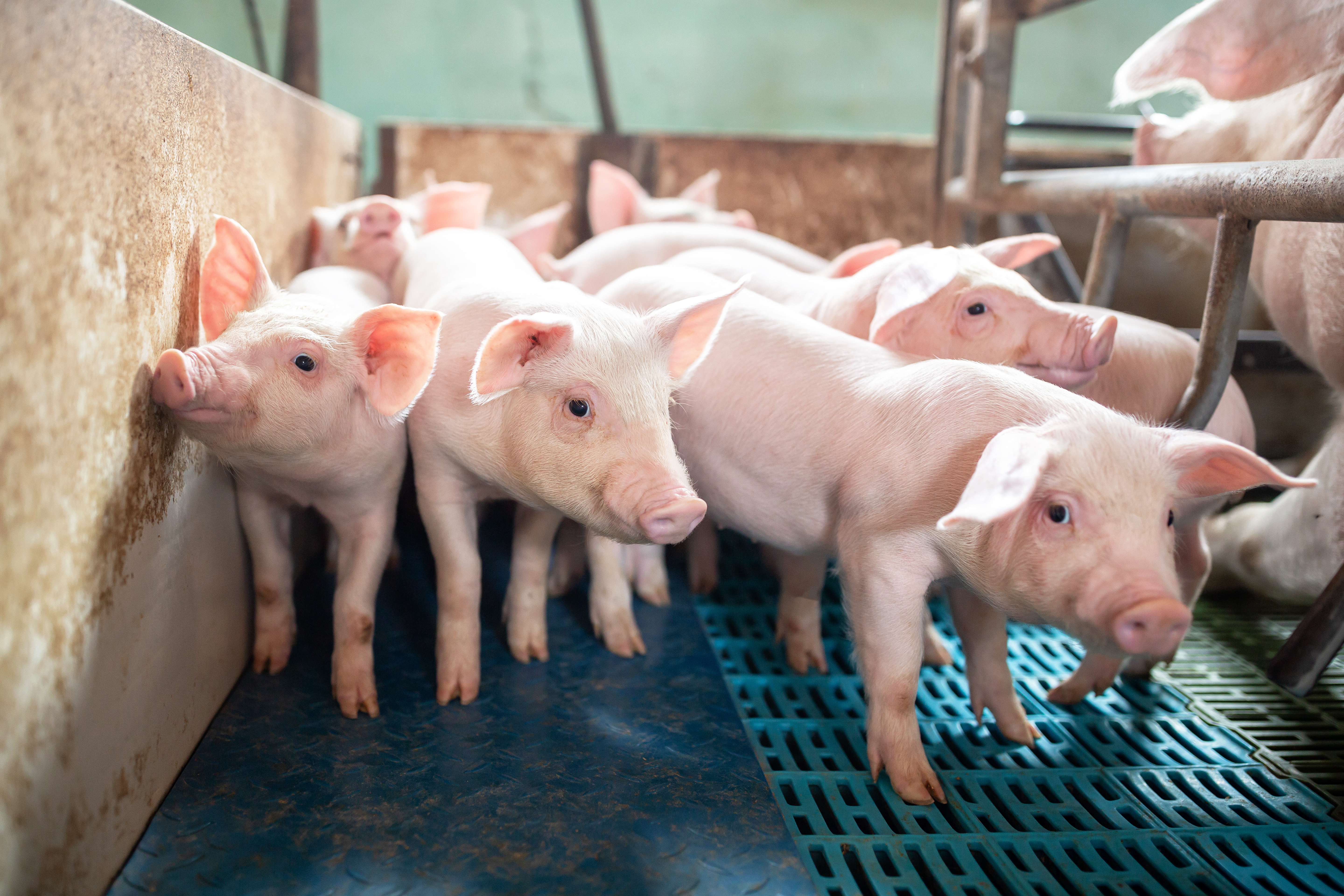
Animals need shelter, a comfortable area to rest,1 and protection from harsh weather6 and predators.
Animal Housing Considerations:
Supply of dry and comfortable bedding6
Sufficient space for animals to move freely, with access to food, water, and fresh clean air6
Proper ventilation using fans or air inlets and controlled temperatures to keep animals comfortable year-round7

BEHAVIOR
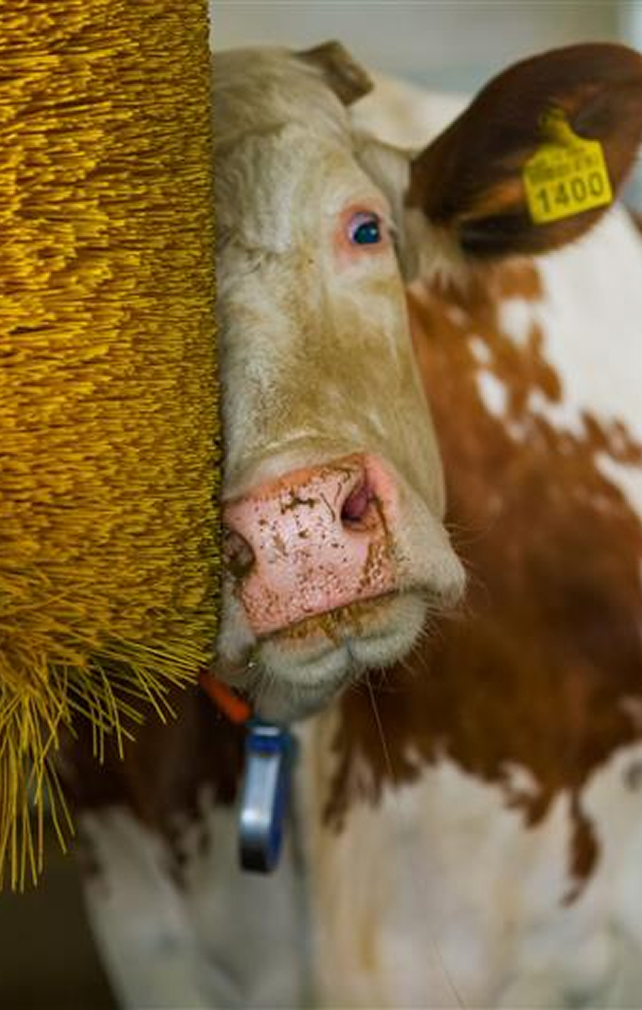
Animals need sufficient space to express natural behaviors and company of their own kind to thrive mentally and physically.1
Ongoing research demonstrates providing stimulation through enrichment improves overall animal health and welfare and may include8:
Nutritional:
Foraging opportunities, novel foods,
supplemental lick tubs
Physical:
Brushes or logs for scratching,
deep bedding for exploration
Sensory:
Music or radios in barns, visual stimuli
Social:
Toys like balls or ropes, group housing

MENTAL STATE

Farmers and ranchers are responsible for providing conditions and treatment for their animals that promote a positive mental state.1
On-farm Standard Operating Procedures (SOPs) ensure farm workers know how to care for animals.
Proper training of animal handlers impacts animal well-being by reducing stress and improving animal and handler safety. 9
ADVANCING ANIMAL WELFARE TOGETHER
Animal welfare is a top priority on U.S. farms and ranches and requires responsible animal husbandry and proper veterinary care to keep animals, healthy, productive, and comfortable in their surroundings.
Animal Health and Welfare
References
1Michigan State University. MSU Extension 4-H Animal Science. News. Elischer, M. The Five Freedoms: A history lesson in animal care and welfare. Sept. 6, 2019. https://www.canr.msu.edu/news/an_animal_welfare_history_lesson_on_the_five_freedoms. Retrieved May 5, 2025.
2The University of Edinburgh. The Royal (Dick) School of Veterinary Studies. The Jeanne Marchig International Centre for Animal Welfare Education. Understanding the Five Domains Model of Animal Welfare. Sept. 2024. https://vet.ed.ac.uk/sites/default/files/2024-09/5%20Domains%20Model.pdf. Retrieved May 5, 2025.
3Cherian, G. A Guide to the Principles of Animal Nutrition. Aug. 13, 2020. https://open.oregonstate.education/animalnutrition/. Retrieved May 5, 2025.
4American Veterinary Medical Association. Resources & Tools. AVMA Policies. The veterinarian-client-patient relationship (VCPR). 2023. https://www.avma.org/resources-tools/avma-policies/veterinarian-client-patient-relationship Retrieved May 5, 2025.
5American Veterinary Medical Association. Resources & Tools. Animal health & welfare. 2025. https://www.avma.org/resources-tools/animal-health-and-welfare. Retrieved May 5, 2025.
6University of New Hampshire. Resource. Housing and Space Guidelines for Livestock. March 2023. https://extension.unh.edu/resource/housing-and-space-guidelines-livestock. Retrieved May 5, 2025.
7PennState Extension. Articles. Natural Ventilation for Freestall Barns. April 13, 2023. https://extension.psu.edu/natural-ventilation-for-freestall-barns. Retrieved May 5, 2025.
8Purdue University. Animal Sciences. Klassen, K., Erasmus, M., Pempek, J., Marchant, J. AS-695-W; Advancing Swine Welfare with Environmental Enrichment. July 2024. https://extension.purdue.edu/extmedia/AS/AS-695-W.pdf. Retrieved May 5, 2025.
9Grandin, T. Behavioral Principles of Livestock Handling. Amer. Reg. Prof. Ani. Sci. Dec. 1989;1-11. Updated 2018. https://www.grandin.com/references/new.corral.html. Retrieved May 5, 2025.
